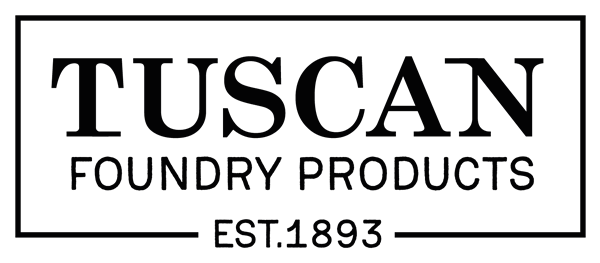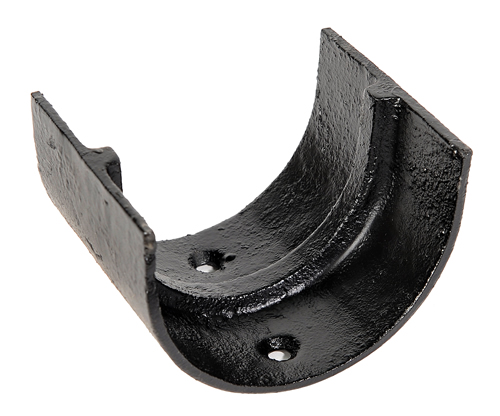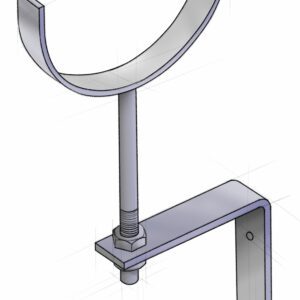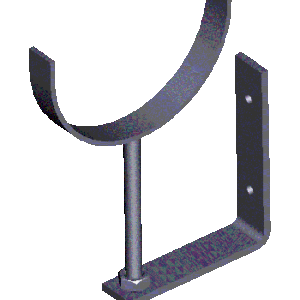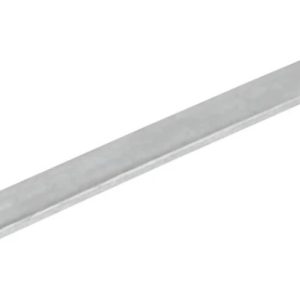We are refurbishing our bathroom and wish to place a heated towel rail in the new bathroom. Our plumber has advised that the heated towel warmer would be connected to the heating system, this would mean when we turn the system off in the summer that the towel rail will not work. What can we do ?
It is possible for us to supply towel warmers with an electric heating element in them. The Electrad system is a unique system available to us, that enables independent heating of towel rails and radiators via the properties electrical system.
